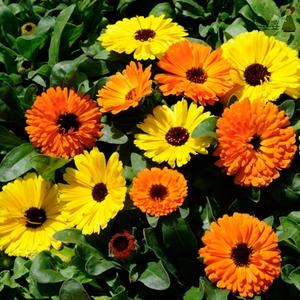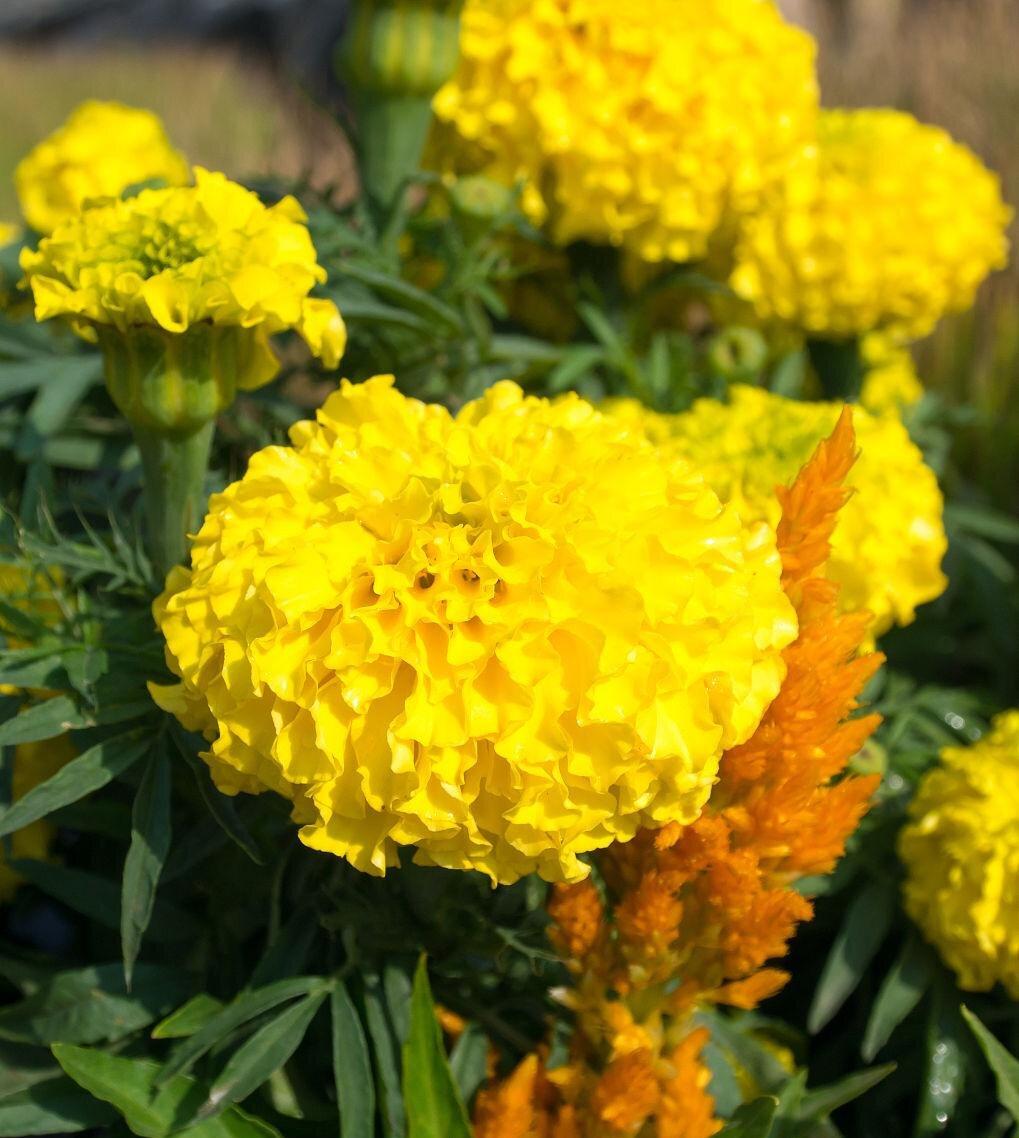Once upon a time, in a serene forest, there lived a delicate flower named Hibbertia. Known for its vibrant yellow blooms, it captivated the attention of all who encountered it. Folklore whispered that Hibbertia possessed the power to bring joy and healing to those who embraced its essence. The story goes that a young child, suffering from a mysterious ailment, stumbled upon this enchanted flower. As the child gently held Hibbertia, a miraculous transformation occurred. The child’s health improved, spreading hope among the villagers. From then on, Hibbertia became a revered symbol of resilience, reminding people of the magic that lies within nature’s embrace.
Picture
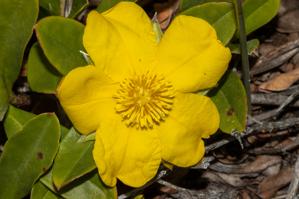
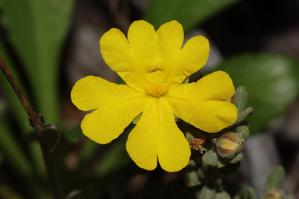
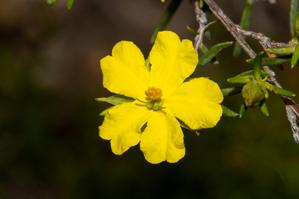
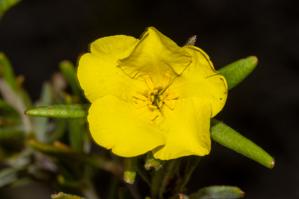
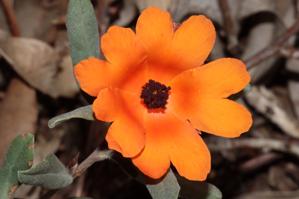
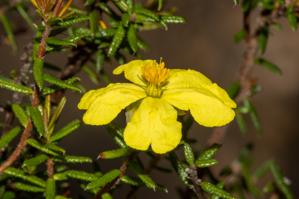

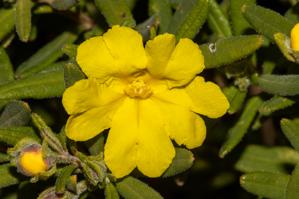
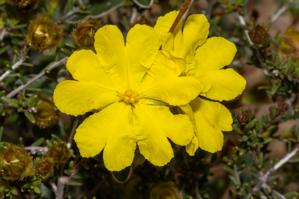
Plant some seeds now!
Short Description
Hibbertia grossulariifolia, Margaret River region, WA
Hibbertia stellaris
Hibbertia, commonly known as guinea flowers, is a genus of flowering plants in the family Dilleniaceae. They are usually shrubs with simple leaves and usually yellow flowers with five sepals and five petals. There are about 400 species, most of which occur in Australia but a few species occur in New Guinea, New Caledonia, Fiji and Madagascar.
Description
Plants in the genus Hibbertia are usually shrubs, rarely climbers, and often form mats. Their leaves are usually arranged alternately along the stems, usually sessile, clustered on short side-branches, and have smooth, rarely toothed or lobed edges. The flowers are usually arranged singly in leaf axils or on the ends of stems and have five sepals, two “outer” sepals slightly overlapping the three “inner” ones. There are five yellow, rarely orange, petals and the stamens are usually arranged in three to five groups, sometimes on only one side of the carpels. There are between two and five carpels, usually free from each other, each containing up to six ovules and with a style on the top. The fruit is a follicle containing seeds, usually with an aril.

